Throughout history, stories of the most mythical creatures have captivated human imagination. From terrifying beasts to enchanting beings, these creatures have played pivotal roles in cultures’ folklore, legends, and fairy tales. Whether symbolizing fear, hope, or the mysteries of the unknown, they have inspired generations of storytellers, artists, and even modern media.
The most mythical creatures are often more than just characters in ancient tales—they represent deep-rooted beliefs, cultural values, and the human desire to understand the inexplicable. Some of these creatures were used to explain natural phenomena, while others served as cautionary figures or symbols of power. Today, their presence continues to spark fascination and curiosity. In this article, we’ll delve into 30 of the most mythical creatures worldwide, each with its unique story and significance.
30 Most Mythical Creatures from Folklore
1. Golem
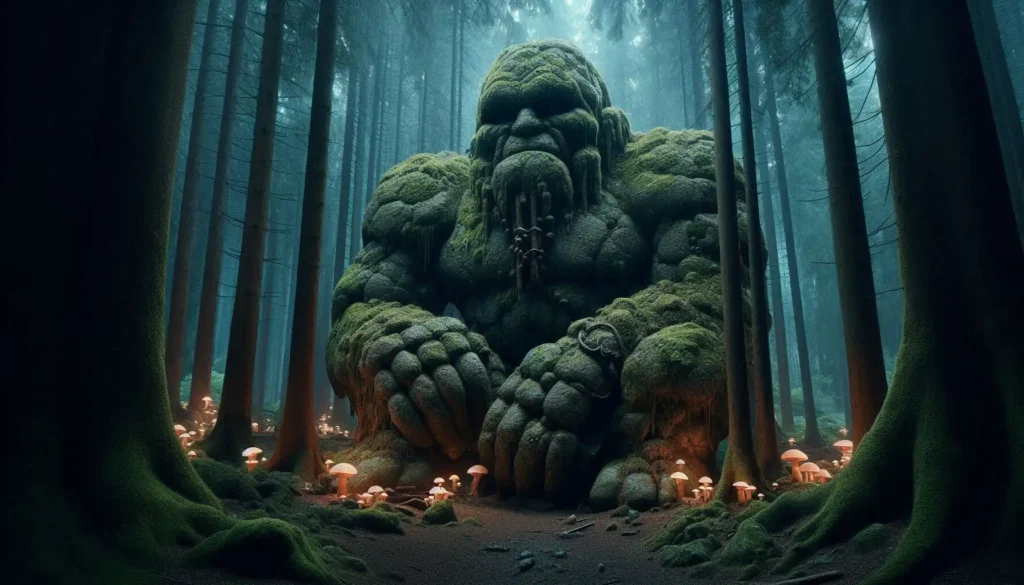
The Golem is a mythical creature from Jewish folklore, often depicted as a clay figure brought to life through mystical rituals. According to legend, rabbis would inscribe a word on the Golem’s forehead or insert a scroll in its mouth to animate it, typically to protect the Jewish community from danger or persecution. However, the Golem’s lack of free will often led to unintended chaos.
The Golem’s story symbolizes the power and danger of creation. It raises timeless questions about human control over life, the boundaries of science or magic, and the ethical responsibilities that come with such power.
2. Oni
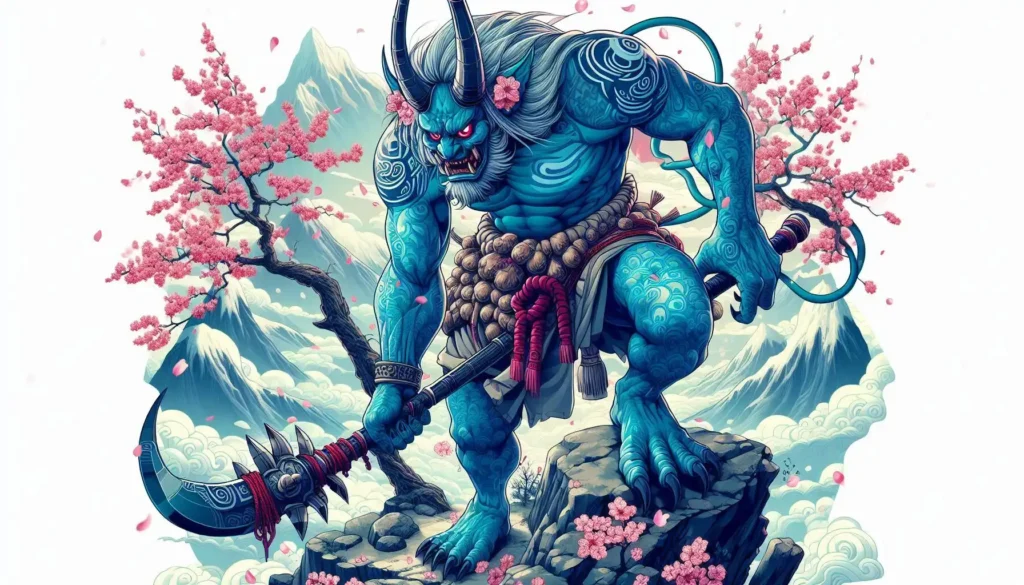
Oni are fearsome demons in Japanese folklore, often portrayed with red or blue skin, horns, and sharp claws. They are known for their immense strength and malevolent nature, typically causing destruction and terrorizing humans. Oni are believed to dwell in remote mountains or hellish realms, punishing the wicked or acting as servants to more powerful deities.
Despite their fearsome reputation, Oni are complex figures in Japanese mythology. Some stories depict them as once-human beings transformed into demons due to their sins. In certain Buddhist tales, Oni can also be redeemed, reflecting the idea of spiritual transformation and the duality of good and evil.
3. Cyclops
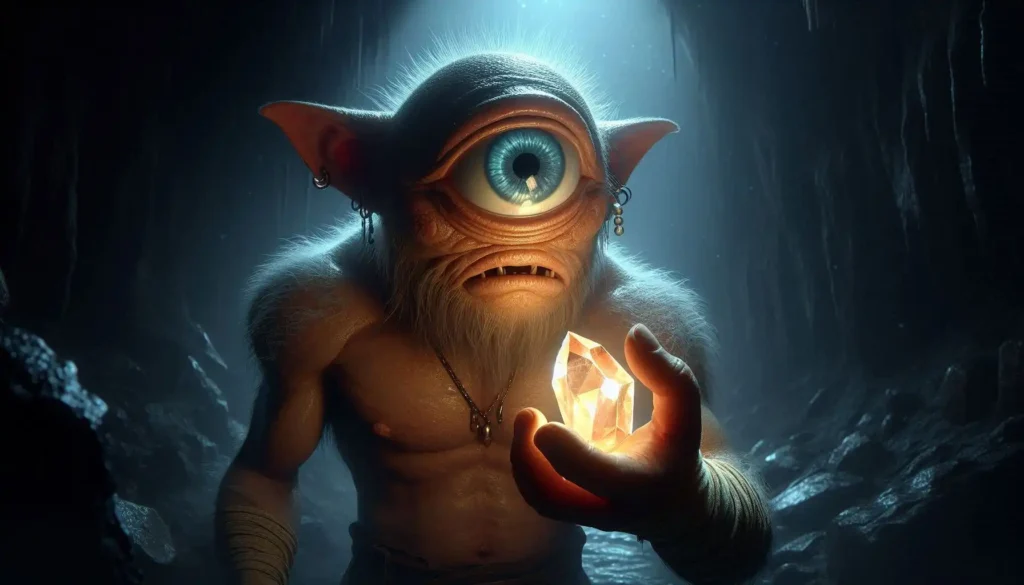
Cyclops are one-eyed giants from Greek mythology, most famously known through Homer’s Odyssey. These creatures are depicted as fierce, powerful, and often uncivilized beings who inhabit remote islands or caves. The most well-known Cyclops, Polyphemus, captures Odysseus and his men, only to be outwitted by the clever hero.
In Greek lore, Cyclopes also played a role in forging powerful weapons for the gods, such as Zeus’s thunderbolt and Poseidon’s trident. They symbolize brute strength and raw power but often lack the wisdom or intellect of other mythological figures, emphasizing the dangers of unchecked might without reason or foresight.
4. Mermaid
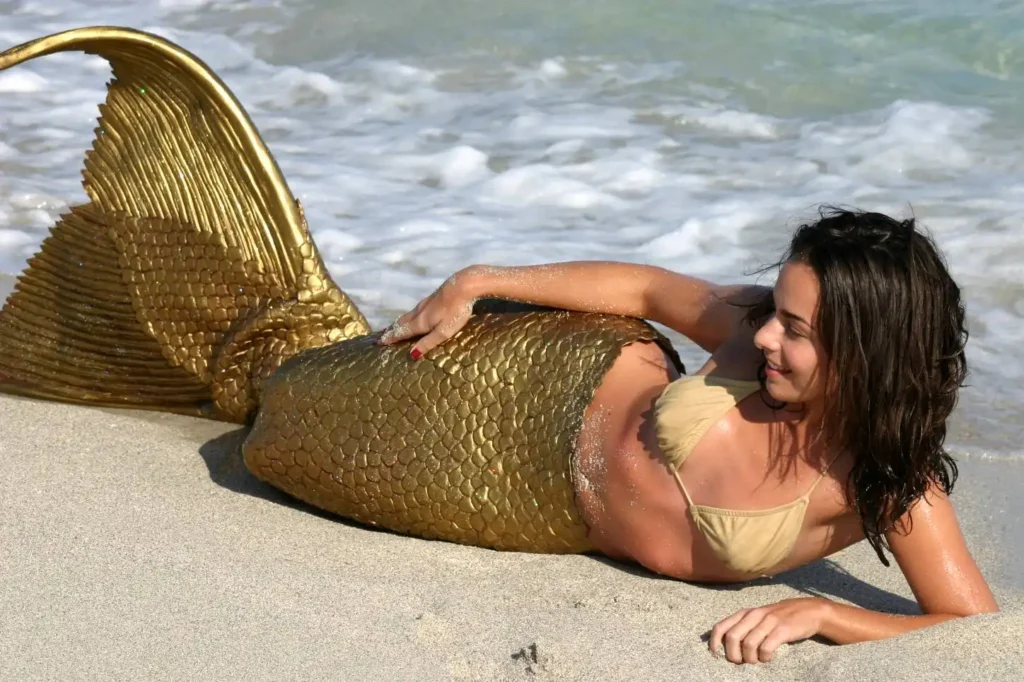
Mermaids are enchanting creatures from global folklore, often depicted as half-human, half-fish beings who live in the ocean. In many myths, mermaids possess incredible beauty, with flowing hair and mesmerizing voices that can lure sailors to their doom. While some tales portray them as benevolent or curious, others describe them as dangerous and vengeful.
These mystical beings have long symbolized the mysteries of the sea and the allure of the unknown. Mermaids often embody themes of transformation, duality, and desire. Their stories invite reflection on humanity’s deep connection to nature and the fine line between beauty and peril.
5. Griffin
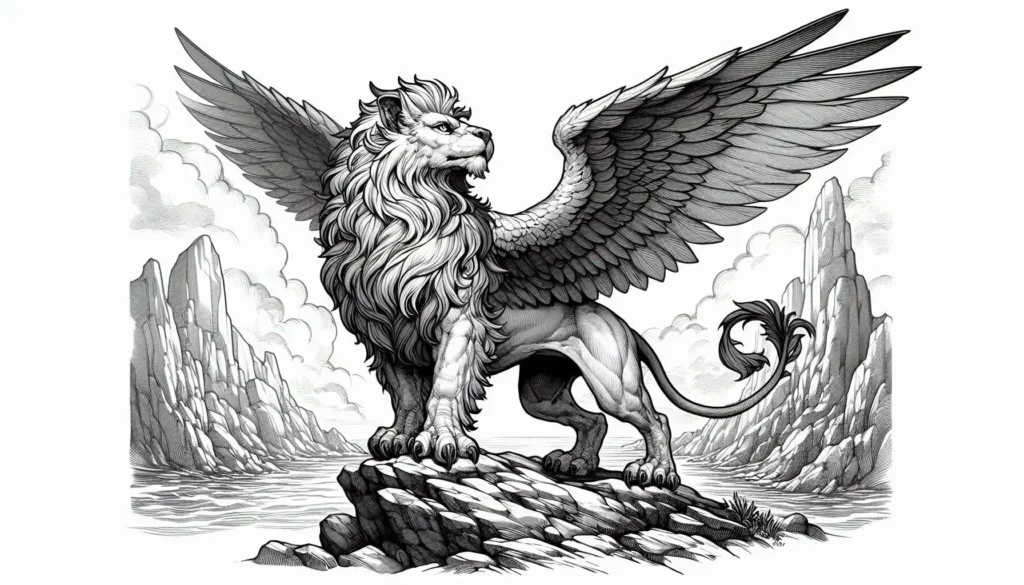
The Griffin is a legendary creature from ancient mythology, depicted as a majestic combination of a lion and an eagle. With the body of a lion and the head and wings of an eagle, it symbolizes strength, courage, and guardianship. Griffins were often said to guard treasures and sacred sites, serving as protectors in both Greek and Egyptian mythology.
The Griffin’s dual nature, merging the king of beasts and the king of birds, represents the harmony between earth and sky. It has become a powerful symbol of divine power and vigilance, often appearing in medieval heraldry and as an emblem of nobility.
6. Leprechaun
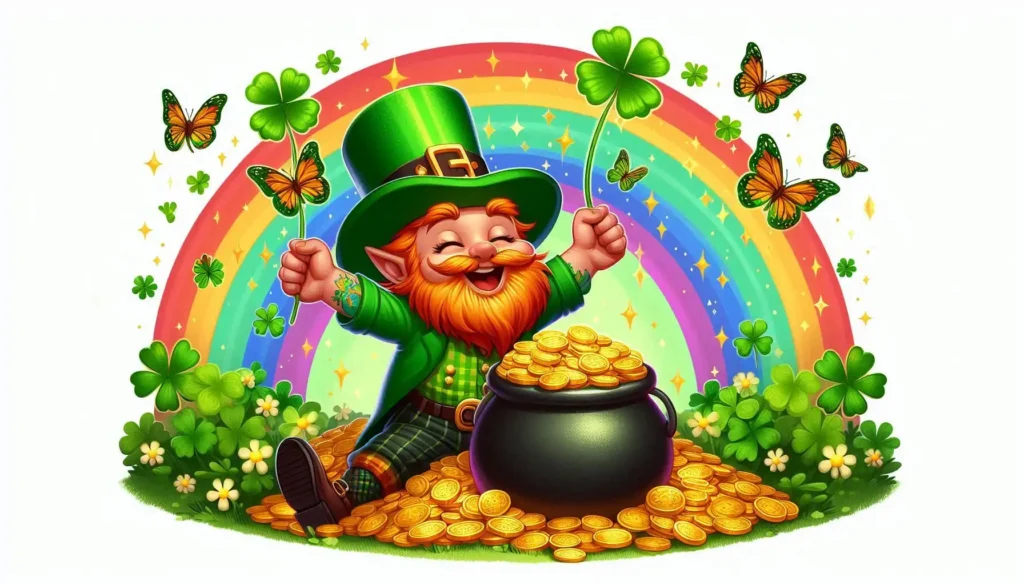
Leprechauns are mischievous fairy-like beings from Irish folklore, often depicted as small, bearded men wearing green coats and hats. They are known for their trickery and for guarding hidden pots of gold at the end of rainbows. As solitary creatures, leprechauns are skilled cobblers and enjoy playing pranks on humans.
Though playful, leprechauns are also cunning, and capturing one is believed to grant a person three wishes. However, outwitting a leprechaun is notoriously difficult due to their cleverness. They symbolize the magical and elusive aspects of Irish culture, blending folklore, luck, and the human desire for fortune.
7. Werewolf
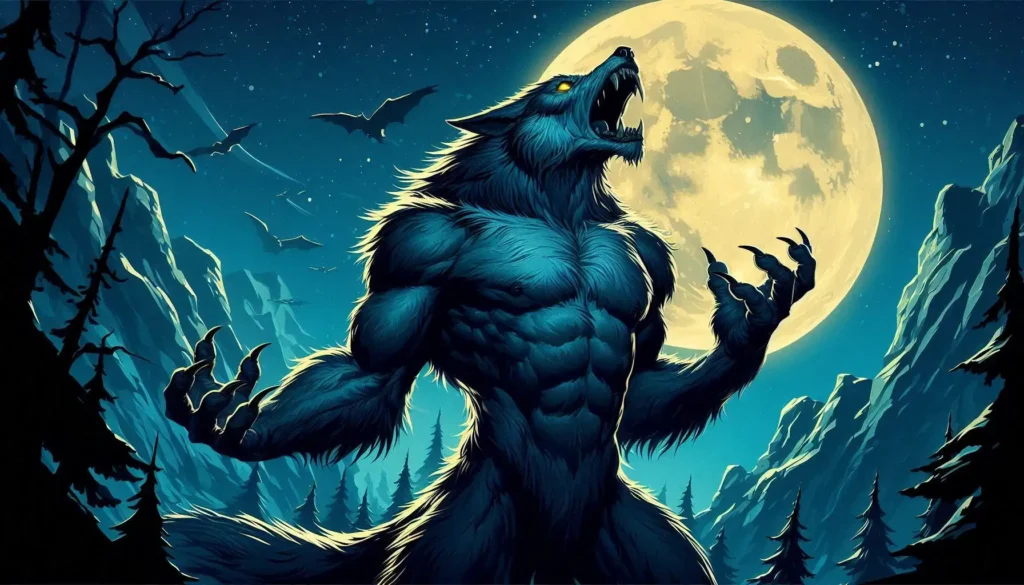
Werewolves are legendary creatures from European folklore, known for their ability to transform from human into wolf, often under the full moon. This transformation is typically linked to a curse, bite, or magical spell. In their wolf form, werewolves possess heightened strength, speed, and aggression, losing control over their human instincts and becoming dangerous predators.
The werewolf myth explores themes of duality and the struggle between human civility and animalistic urges. It symbolizes the fear of losing one’s identity to darker impulses, reflecting anxieties about power, transformation, and the uncontrollable aspects of human nature. Over time, werewolves have become iconic figures in horror literature and films.
8. Banshee
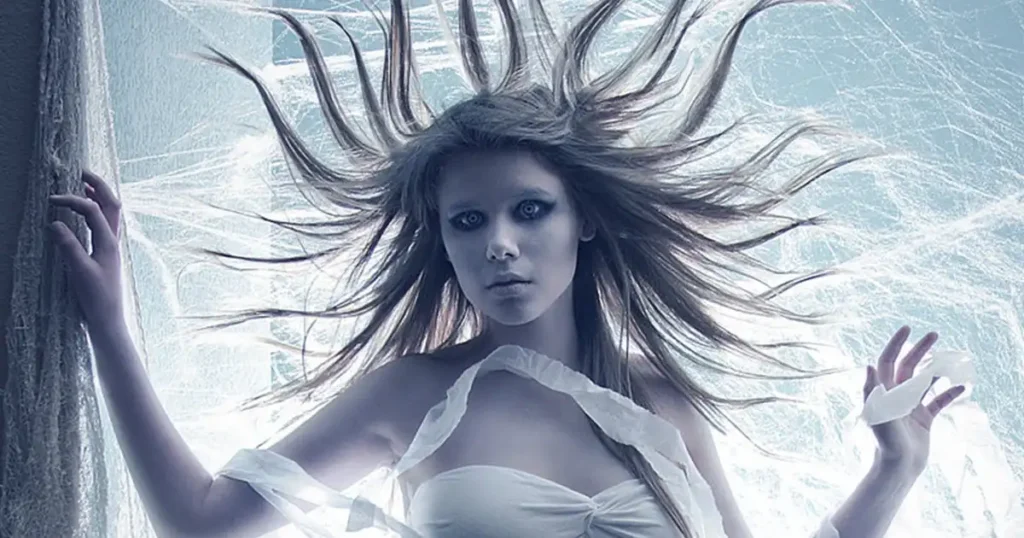
The Banshee is a ghostly figure from Irish folklore, often depicted as a wailing woman who foretells death. Her eerie cry, sometimes described as a scream or a mournful song, is believed to warn families of an impending death in their household. Banshees are usually associated with ancient Irish noble families and are seen as harbingers of doom.
Though terrifying, the Banshee is not malicious; she does not cause death but serves as a messenger from the spirit world. Her legend reflects themes of loss, fate, and the inevitability of death, adding a haunting, tragic dimension to Celtic mythology.
9. Dragon
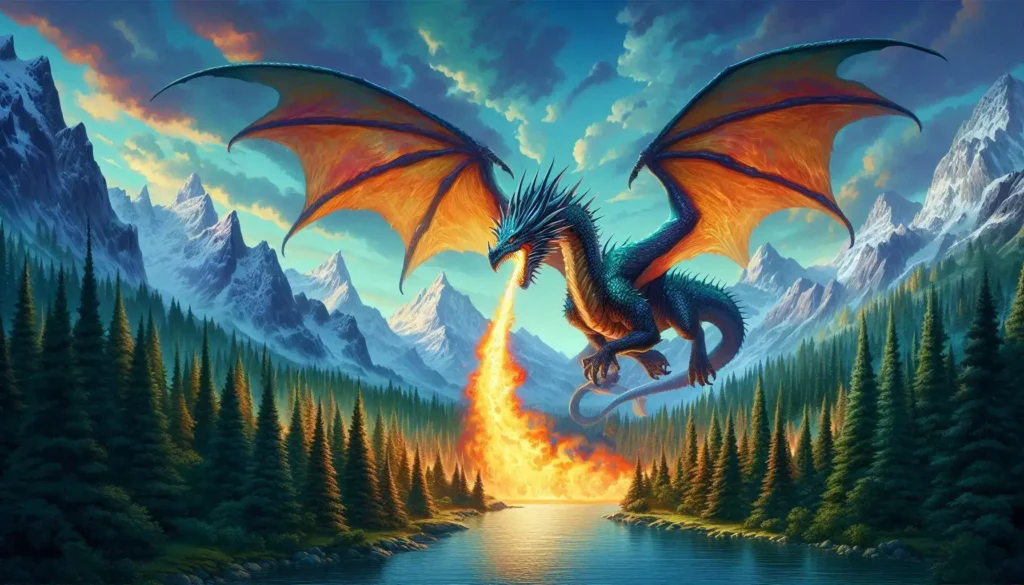
Dragons are powerful, mythical creatures found in the folklore of many cultures, often depicted as massive, serpent-like beings with wings, scales, and the ability to breathe fire. In Western mythology, dragons are often seen as dangerous, treasure-hoarding beasts, representing chaos and destruction. Heroes in these tales frequently slay dragons as symbols of triumph over evil.
In contrast, Eastern cultures, particularly in Chinese mythology, view dragons as benevolent and wise creatures. They are symbols of power, prosperity, and control over water and weather. Dragons embody a duality between creation and destruction, showcasing humanity’s fascination with power, nature, and the unknown.
10. Phoenix
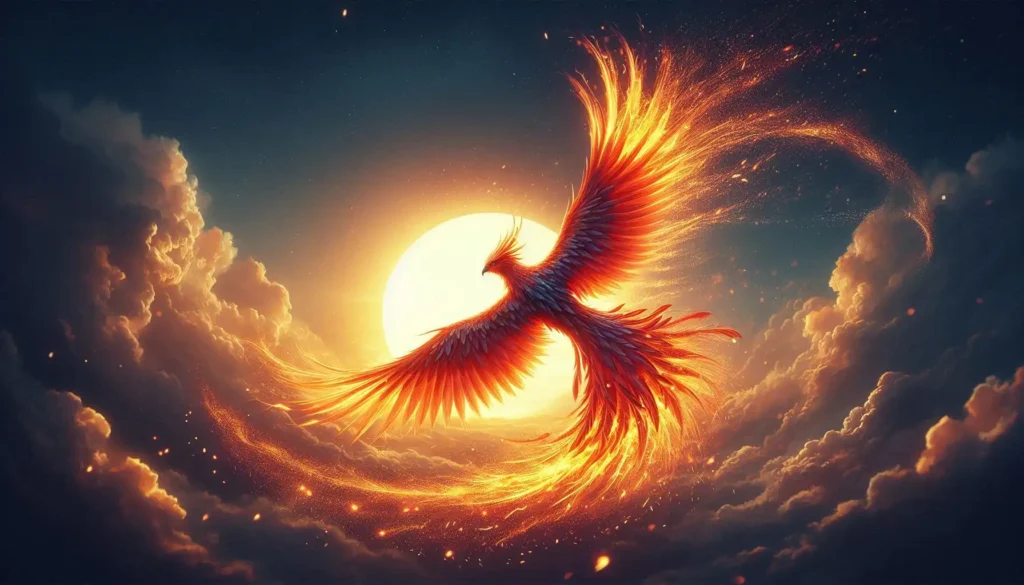
The Phoenix is a mythical bird symbolizing immortality and resurrection, known for its ability to burst into flames and be reborn from its ashes. Originating in ancient Egyptian and Greek mythology, the Phoenix’s life cycle represents renewal, transformation, and the eternal nature of life. It is often depicted as a beautiful, radiant bird with vibrant feathers.
The Phoenix’s story embodies hope and resilience, showing that even after destruction or death, there can be new beginnings. This powerful symbol has been embraced in various cultures and philosophies, highlighting themes of perseverance, regeneration, and the cyclical nature of existence.
11. Ogre
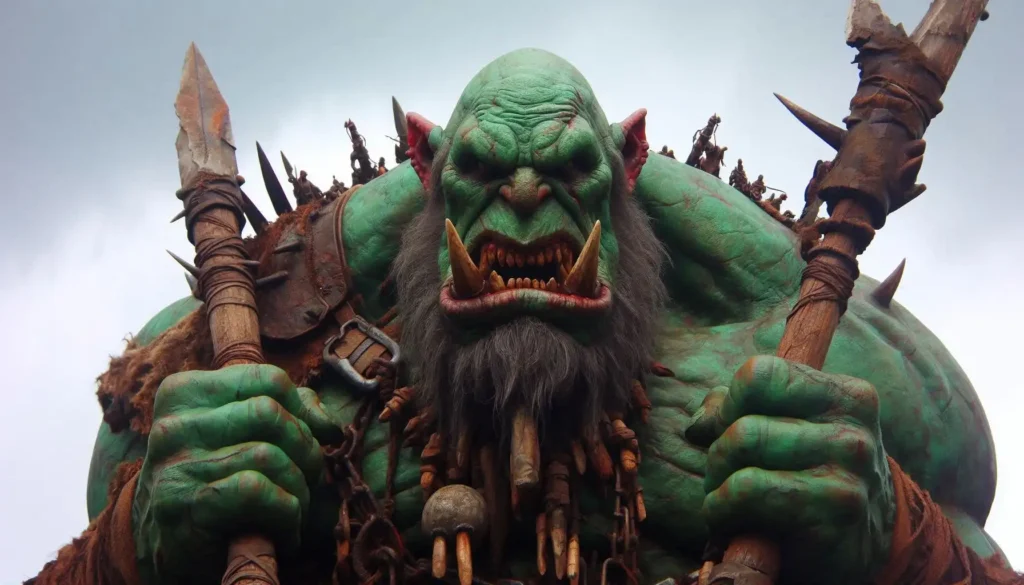
Ogres are large, fearsome creatures commonly depicted in folklore and fantasy literature. Known for their brute strength, they often live in isolated, wild areas such as forests or caves. They are typically portrayed as towering, monstrous figures with thick skin, wild hair, and grotesque features. Their immense size and ferocity make them formidable adversaries.
Despite their fearsome reputation, some stories depict ogres as dim-witted or easily outsmarted by clever heroes. In certain tales, they are shown to possess a simple, almost childlike nature, which contrasts sharply with their violent tendencies, adding complexity to their character in myth and legend.
12. Bigfoot
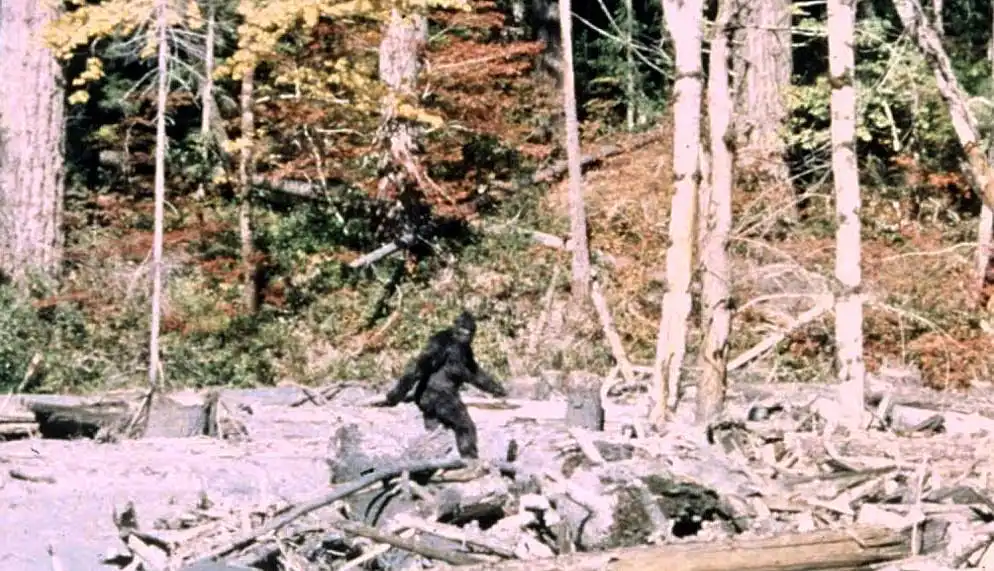
Bigfoot, also known as Sasquatch, is a legendary creature said to inhabit the dense forests of North America. Described as a large, ape-like figure, Bigfoot is often depicted as being covered in dark, shaggy hair and standing up to 10 feet tall. Despite numerous sightings and reports over the years, concrete evidence of its existence remains elusive.
The mystery surrounding Bigfoot has sparked widespread curiosity and debate, with enthusiasts searching for proof through grainy photographs, footprints, and eyewitness accounts. Whether seen as a reclusive animal or a myth born from folklore, Bigfoot remains one of the most enduring cryptids in modern culture.
Read 10 Interesting Facts about Bigfoot.
13. Faerie
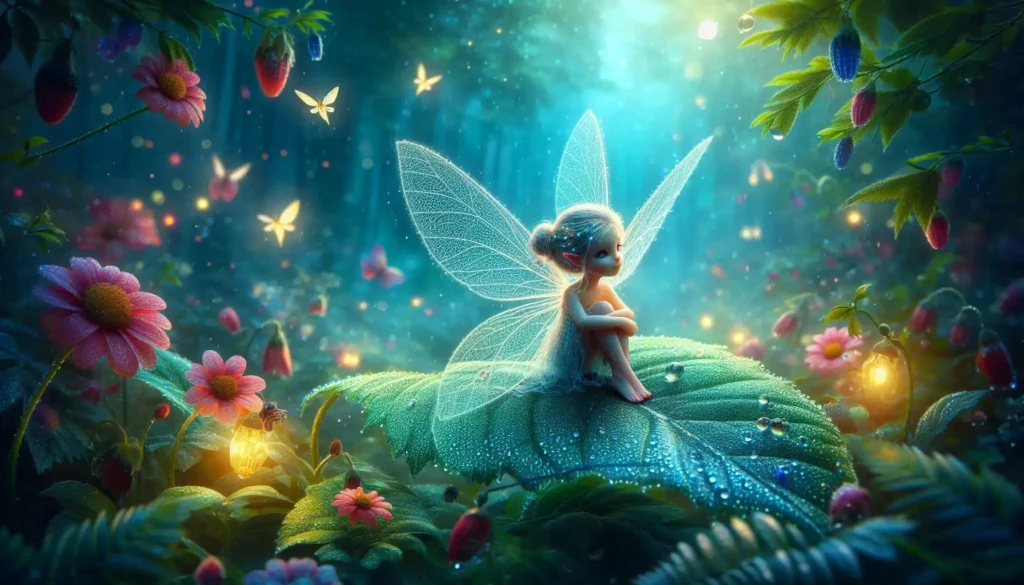
Faeries, often depicted as small, magical beings, are central to folklore across many cultures. Known for their ethereal beauty, they are typically associated with nature, living in enchanted forests, flower meadows, or other mystical realms. Faeries are often portrayed with delicate wings and the ability to fly, adding to their otherworldly charm.
Despite their graceful appearance, faeries are complex creatures. In some stories, they are benevolent, offering help or granting wishes, while in others, they are mischievous, playing tricks on humans or leading them astray. Their duality reflects the balance between the whimsical and dangerous aspects of magic in folklore.
14. Gorgon
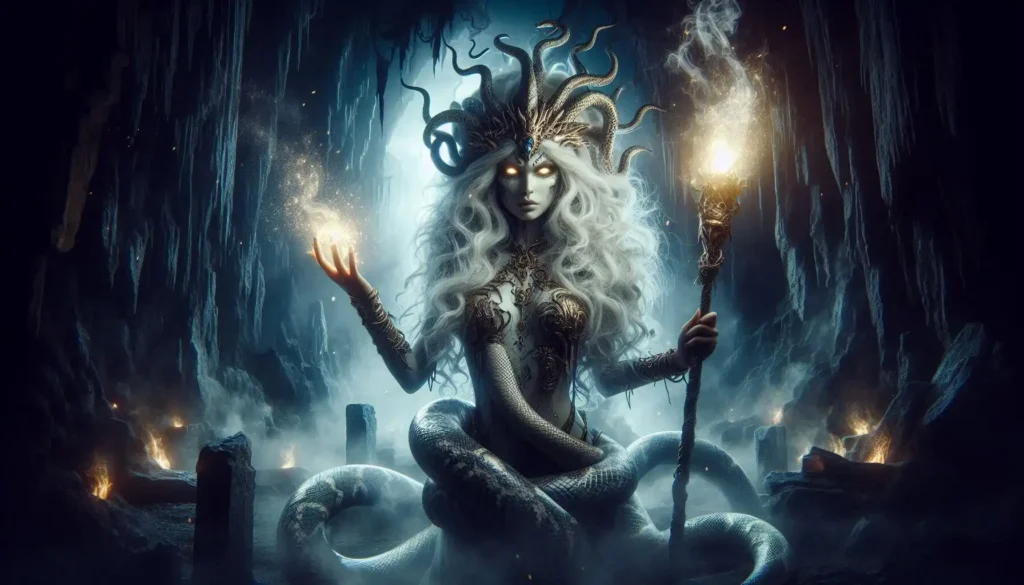
Gorgons, in ancient Greek mythology, are terrifying creatures known for their ability to turn anyone who looks at them into stone. The most famous of the Gorgons is Medusa, who, along with her sisters Stheno and Euryale, possessed snakes for hair and a monstrous appearance. Unlike her immortal siblings, Medusa was mortal and ultimately slain by the hero Perseus.
Gorgons symbolize the destructive power of the gaze and are often depicted as fearsome guardians. Their image has inspired countless interpretations in art and literature, representing both danger and the consequences of facing forces beyond human control.
15. Zombie
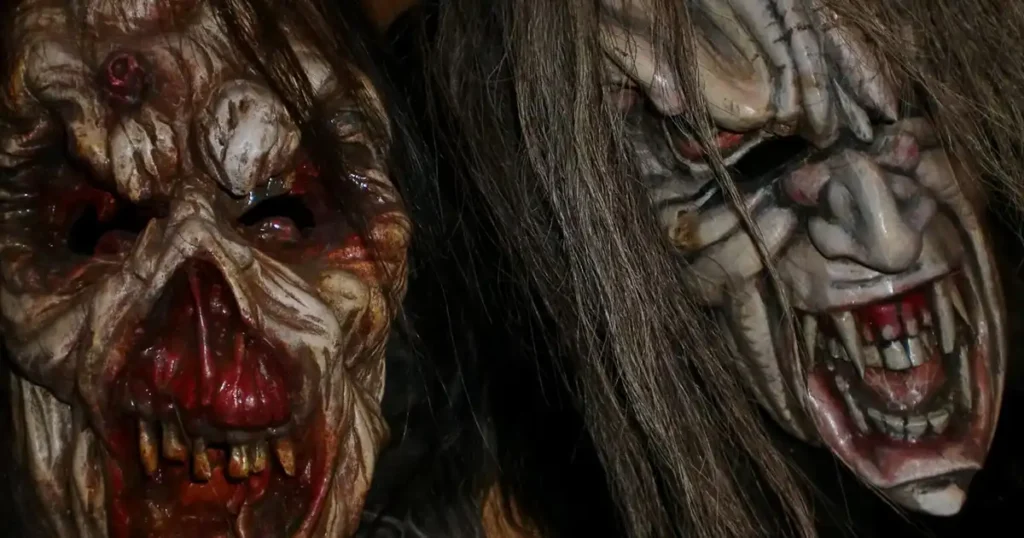
Zombies, often portrayed in horror fiction, are reanimated corpses driven by an insatiable hunger for human flesh. Originating from Haitian folklore and linked to voodoo rituals, zombies were once believed to be people brought back from the dead through magical means. In modern pop culture, they are typically depicted as mindless, decaying figures that spread infection through bites.
Zombies symbolize both fear of death and the loss of individuality. In many stories, zombie outbreaks represent societal collapse and chaos. Their relentless, unthinking nature creates a powerful contrast with humanity, making them a compelling and enduring figure in horror.
16. Minotaur
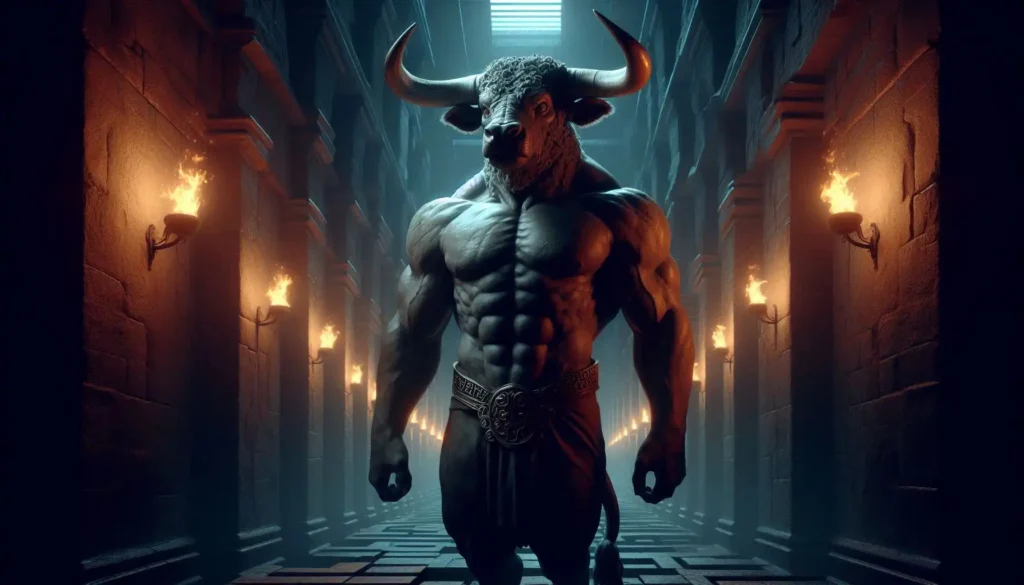
The Minotaur, a creature from Greek mythology, is depicted as a fearsome being with the body of a man and the head of a bull. It was born from the union of Queen Pasiphae and a sacred bull, as a punishment from the gods. The Minotaur was imprisoned in the Labyrinth, a complex maze designed by Daedalus, where it devoured those sent as sacrifices.
The hero Theseus ultimately slew the Minotaur, ending its reign of terror. The creature represents the darker side of human nature, blending brute strength with uncontrollable rage, and symbolizes the consequences of unchecked power and desire.
17. Hydra
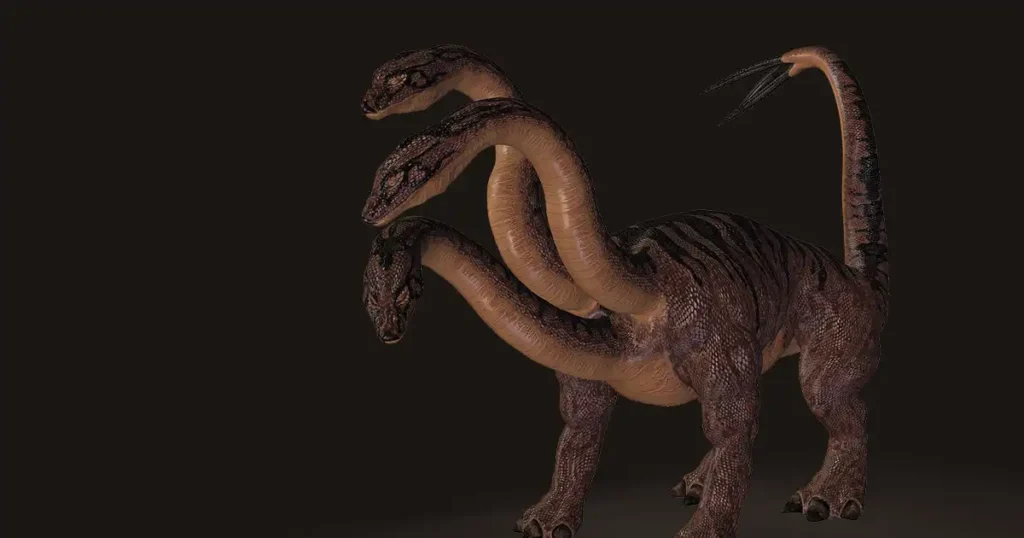
The Hydra, a fearsome serpent-like creature in Greek mythology, was known for its multiple heads and regenerative abilities. When one head was cut off, two more would grow in its place, making it a nearly indestructible foe. The Hydra lived in the swamps of Lerna, terrorizing the surrounding area until it was slain by the hero Heracles as part of his Twelve Labors.
Heracles defeated the Hydra by burning the neck stumps to prevent regrowth. The Hydra symbolizes overwhelming obstacles and the need for cleverness to overcome them, as brute force alone cannot conquer challenges that multiply when faced head-on.
18. Loch Ness Monster
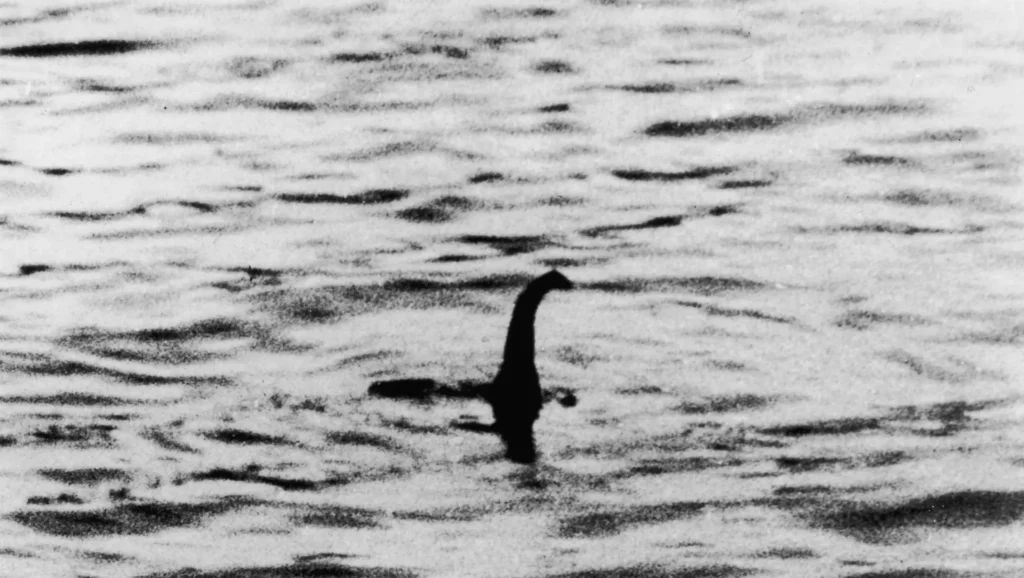
The Loch Ness Monster, affectionately known as “Nessie,” is a legendary creature said to inhabit Scotland’s Loch Ness. Descriptions of Nessie vary, but it is often depicted as a large, serpentine or dinosaur-like being with a long neck. Sightings of the creature date back to the 6th century, though modern interest began in the 1930s with several reported sightings and photographs.
Despite numerous expeditions and scientific efforts, definitive evidence of the Loch Ness Monster’s existence remains elusive. Nessie has become an enduring symbol of mystery and intrigue, representing humanity’s fascination with the unknown and the possibility of undiscovered creatures.
Read 20 Fascinating Facts About Loch Ness Monster.
19. Unicorn
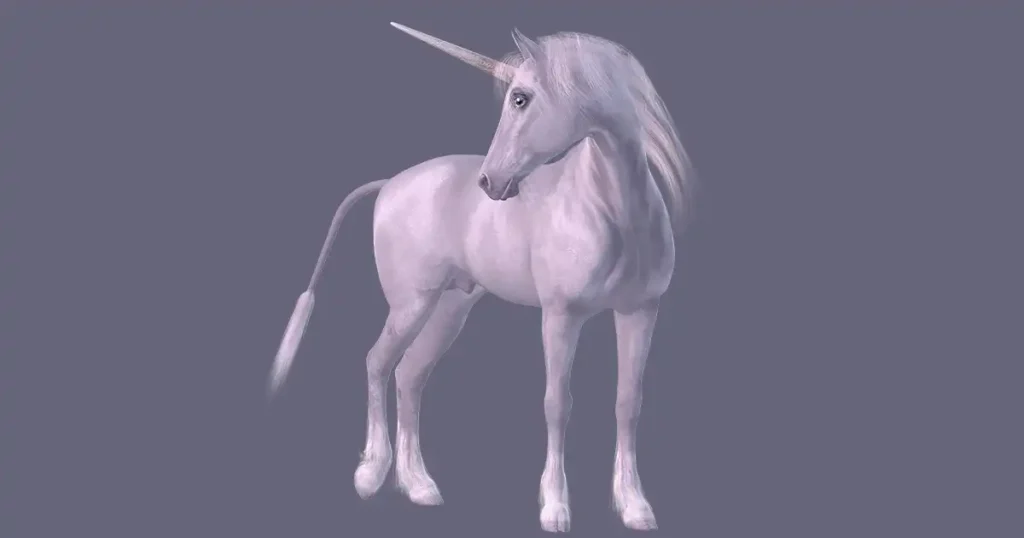
The unicorn is a mythical creature known for its beauty and purity, often depicted as a horse with a single spiraling horn on its forehead. Throughout history, unicorns have been symbols of grace, innocence, and magic, appearing in folklore, literature, and art across various cultures. Their horns were believed to have healing powers, making them highly sought after in ancient legends.
In medieval European tales, unicorns could only be tamed by virgins, highlighting their association with purity. Despite being a creature of fantasy, the unicorn continues to inspire awe and wonder, representing the unattainable and the mystical in human imagination.
20. Centaur
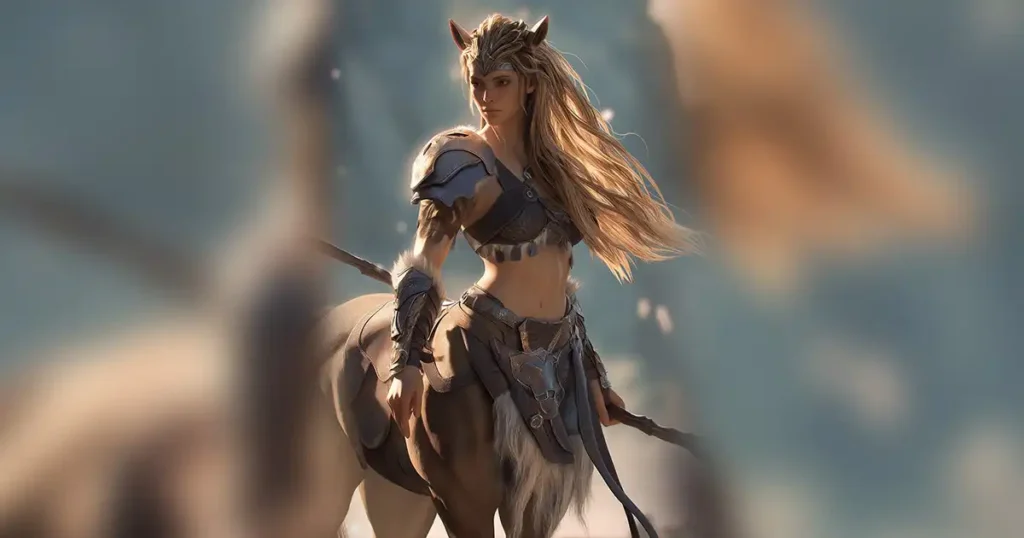
Centaurs, creatures from Greek mythology, have the upper body of a human and the lower body of a horse. They are often depicted as wild and unruly, symbolizing the tension between civilization and untamed nature. Most centaurs are known for their impulsive, aggressive behavior, often indulging in drunkenness and violence, as seen in their clashes with humans and gods.
However, not all centaurs are portrayed negatively. Chiron, a wise and gentle centaur, was a renowned healer and tutor to many Greek heroes, including Achilles. This duality in centaur depictions reflects the balance between raw instinct and cultivated wisdom in mythology.
21. Chimera
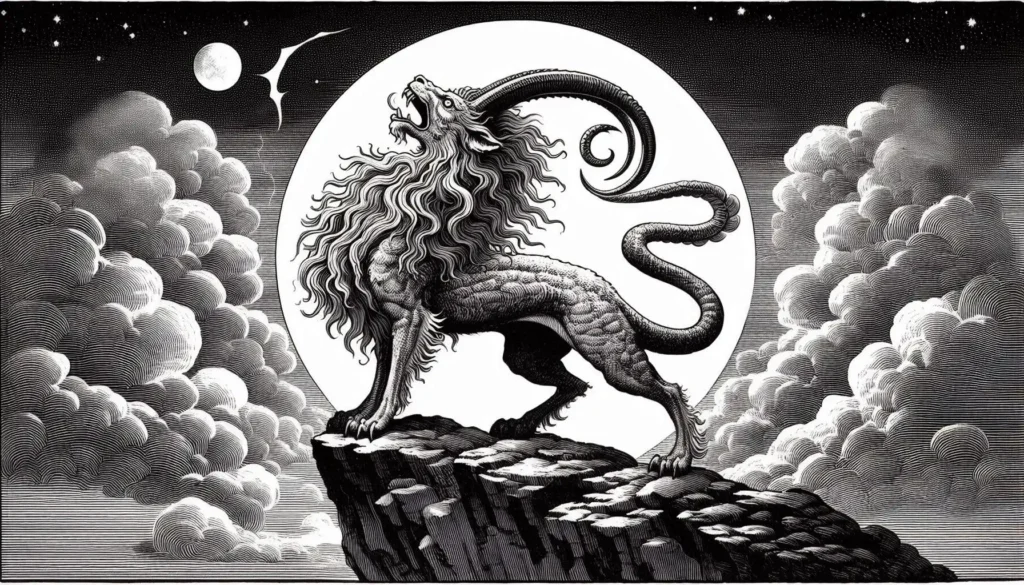
In ancient mythology, the Chimera was a monstrous creature with the head of a lion, the body of a goat, and the tail of a serpent. It was said to breathe fire and wreak havoc wherever it roamed. This fearsome hybrid symbolized chaos and the unnatural, embodying the dangers of unchecked power and ambition.
In modern times, the word “chimera” has taken on broader meanings. It refers to anything wildly imaginative or impossible, such as a dream or an illusion. In science, it describes organisms made from the genetic material of different species, further blending the boundary between myth and reality.
22. Pontianak
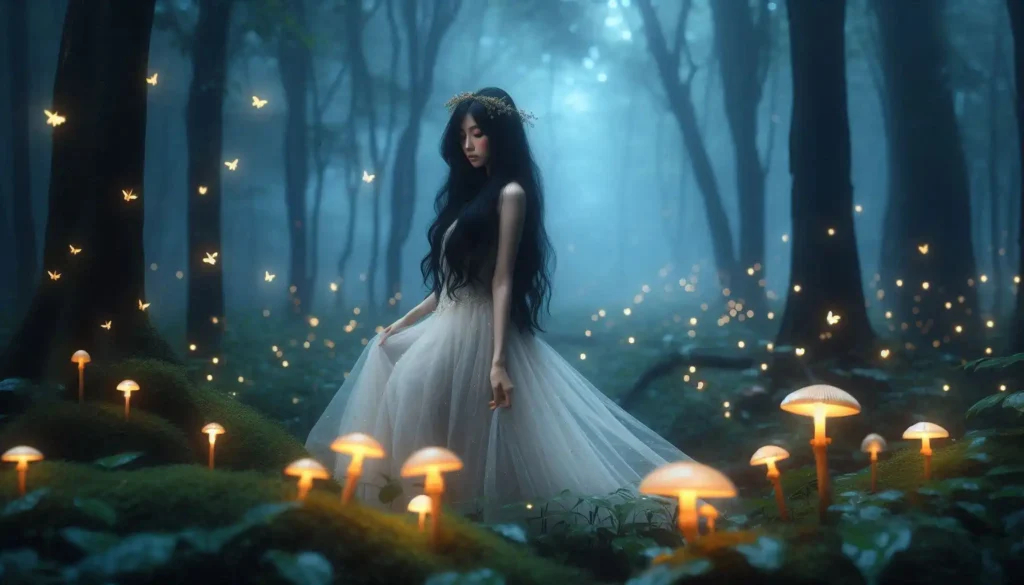
The Pontianak is a terrifying figure in Southeast Asian folklore, particularly in Malaysia and Indonesia. Often depicted as a vengeful female spirit, she is believed to be the ghost of a woman who died during childbirth. With long black hair, pale skin, and sharp fangs, the Pontianak is said to haunt the night, preying on men and seeking revenge for her untimely death.
Her presence is often marked by the sweet scent of frangipani flowers, but this quickly turns into a foul stench as she draws closer. The Pontianak embodies fear, grief, and the darker side of loss and death.
23. Goblin
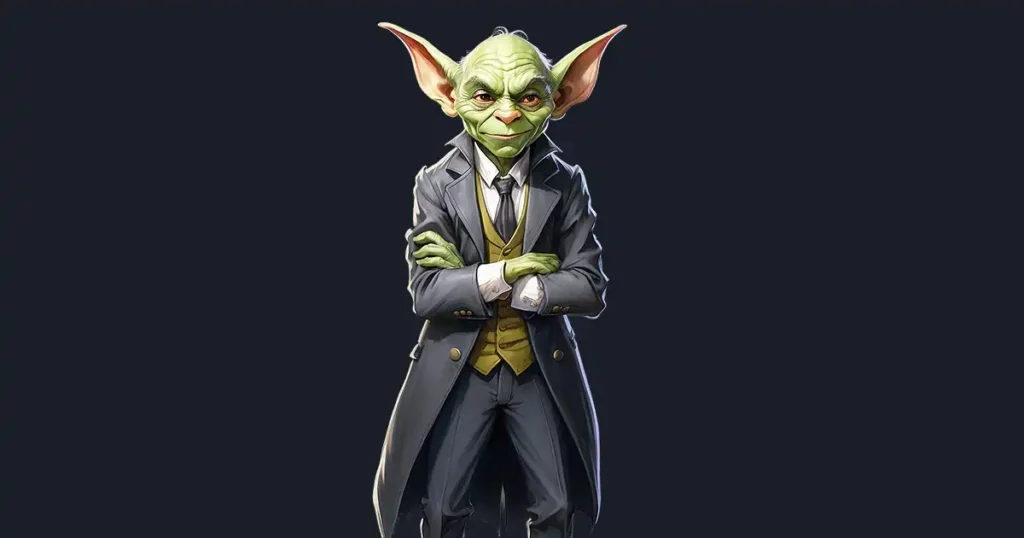
Goblins are mischievous and often malevolent creatures from European folklore, known for their small, grotesque appearances and trickster behavior. These beings are typically depicted as having sharp, twisted features, and they delight in causing trouble for humans by stealing, playing pranks, or leading travelers astray.
Though not always dangerous, goblins can be unpredictable and vengeful, making them figures of both fear and fascination. They are said to dwell in dark, hidden places such as caves or forests, emerging to cause chaos. Over time, goblins have evolved in modern fantasy as clever, sometimes comedic characters with distinct personalities.
24. Kelpie
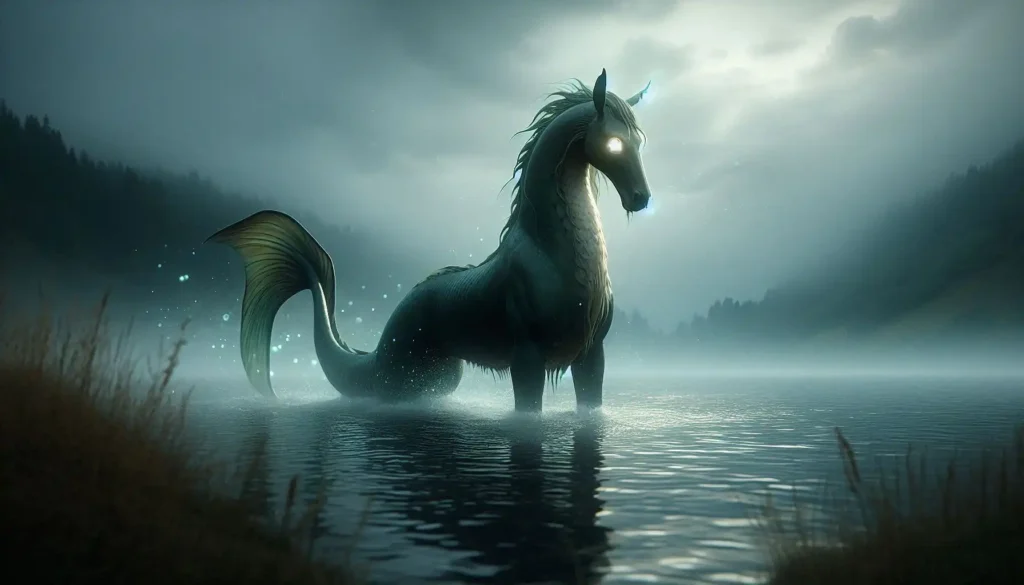
The Kelpie is a shape-shifting water spirit from Scottish folklore, typically taking the form of a majestic horse. Lurking in the depths of rivers and lakes, it lures unsuspecting victims with its beauty, only to drag them into the water to drown. Legends say the Kelpie’s skin is cold and slick, hinting at its dangerous nature despite its alluring appearance.
Though most stories paint the Kelpie as a deadly force, it also symbolizes the mysterious and untamable power of water. In some versions, the creature can transform into a human, blending in with society while hiding its sinister intent.
25. Kraken
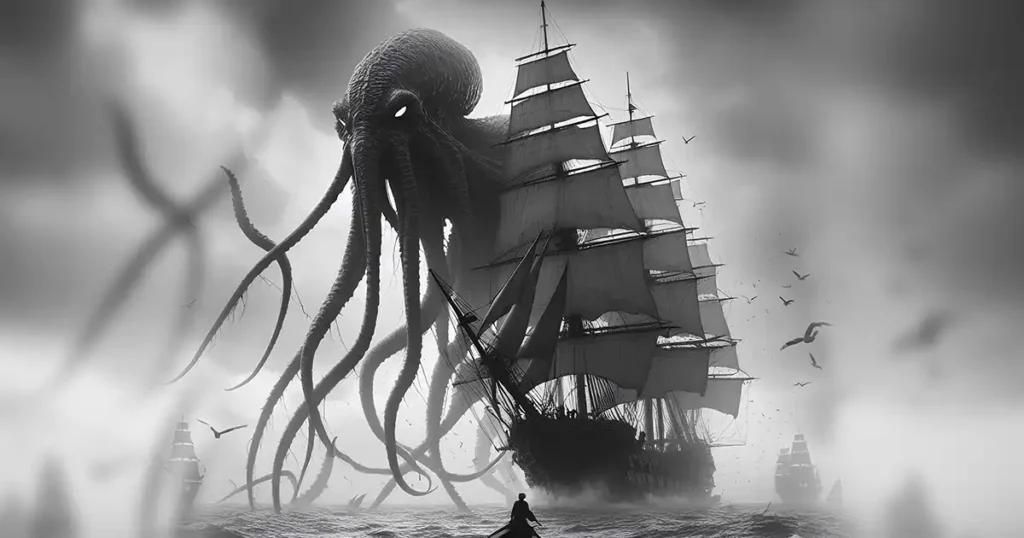
The Kraken is a legendary sea monster from Norse mythology, often described as a giant, tentacled creature lurking in the deep ocean. Sailors feared the Kraken, believing it capable of dragging entire ships beneath the waves with its powerful limbs. Its size and strength made it a symbol of the unknown terrors that lay within the vast, uncharted seas.
Over time, the Kraken has become a popular figure in modern stories, embodying humanity’s fear of the deep and uncontrollable forces of nature. Its myth endures as a reminder of the ocean’s mysteries and the creatures that may dwell beneath.
26. Chupacabra
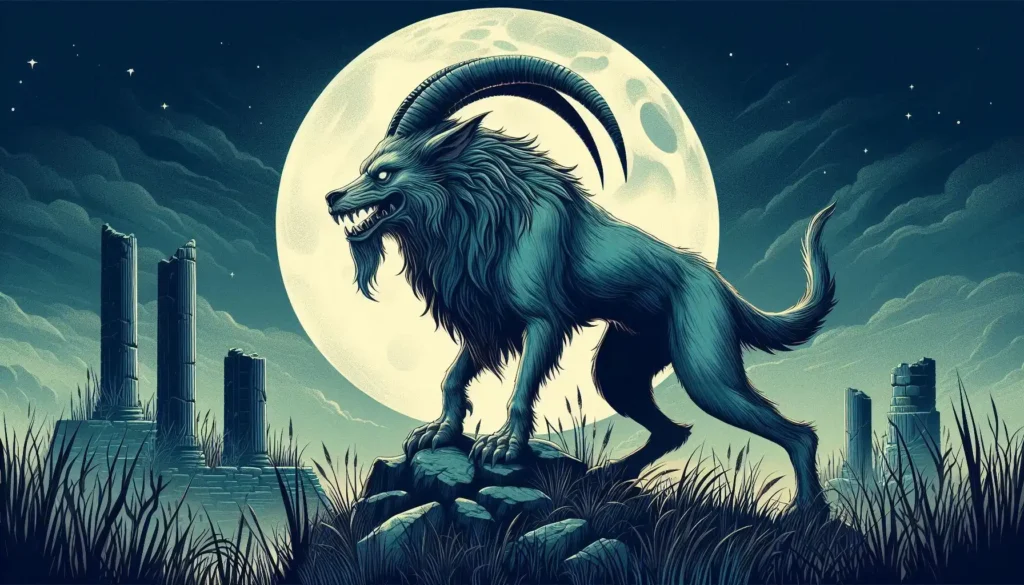
The Chupacabra is a cryptid from Latin American folklore, known for allegedly attacking livestock and draining their blood. Its name, meaning “goat-sucker” in Spanish, comes from reports of it preying on goats and other farm animals. Descriptions of the creature vary, but it’s often depicted as a reptilian or dog-like being with spines along its back and glowing red eyes.
First reported in the 1990s, the Chupacabra quickly gained notoriety, spreading fear across rural areas. While some believe it to be a myth or misidentified animal, others claim it represents something unknown, lurking on the fringes of modern science and legend.
27. Siren
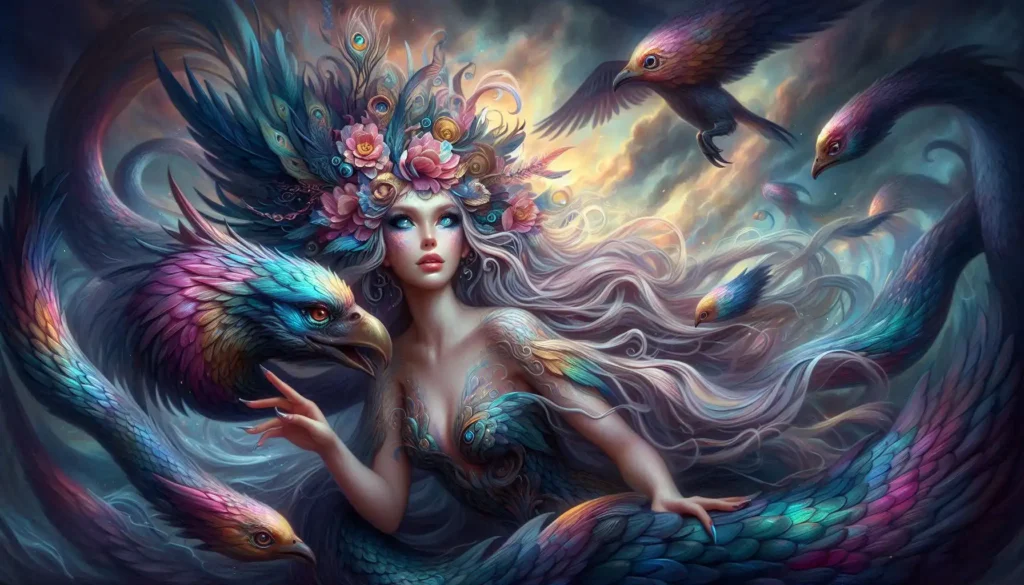
Sirens are mythical creatures from Greek mythology, often depicted as half-woman, half-bird beings with enchanting voices. Living on rocky islands, they lured sailors to their doom by singing irresistible songs that would cause ships to crash on the shores. Their voices, both beautiful and deadly, symbolize the dangerous allure of temptation.
While originally portrayed as bird-like, later depictions evolved to show Sirens as mermaid-like figures, adding to their allure. They embody the idea of fatal attraction, where beauty and danger are intertwined, reminding us of the perilous nature of desires that can lead to destruction if not resisted.
28. Yeti
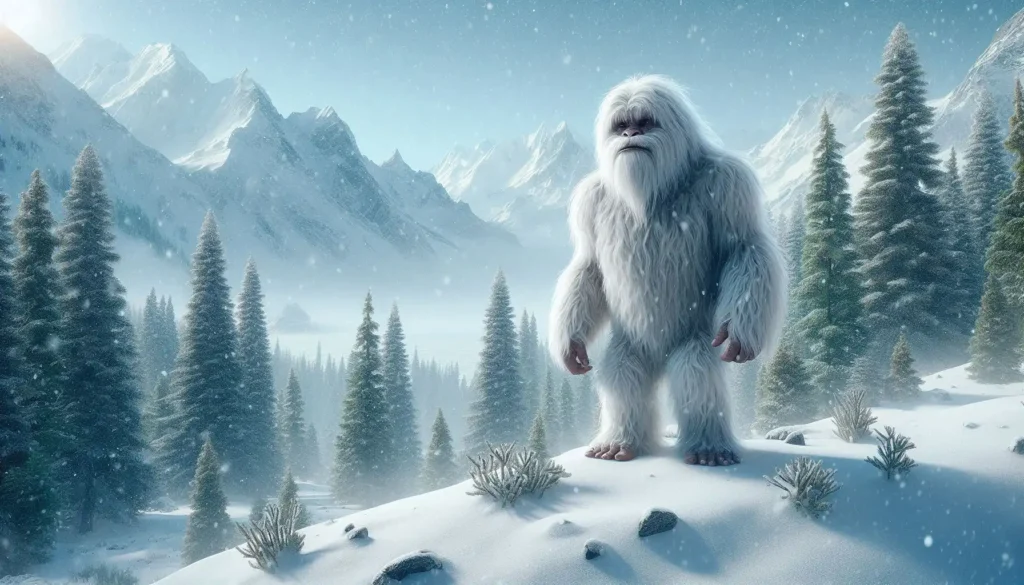
The Yeti, also known as the “Abominable Snowman,” is a cryptid from Himalayan folklore, often described as a large, ape-like creature covered in thick fur. Inhabitants of the region believe the Yeti roams the icy, remote mountain ranges, leaving mysterious tracks in the snow. Sightings of the Yeti have sparked both fascination and fear, with locals considering it a guardian of the mountains or a dangerous entity.
Despite numerous expeditions and reports, concrete evidence of the Yeti’s existence remains elusive. Whether a myth or an undiscovered species, the Yeti embodies the mystery and untamed nature of the world’s highest peaks.
29. Basilisk
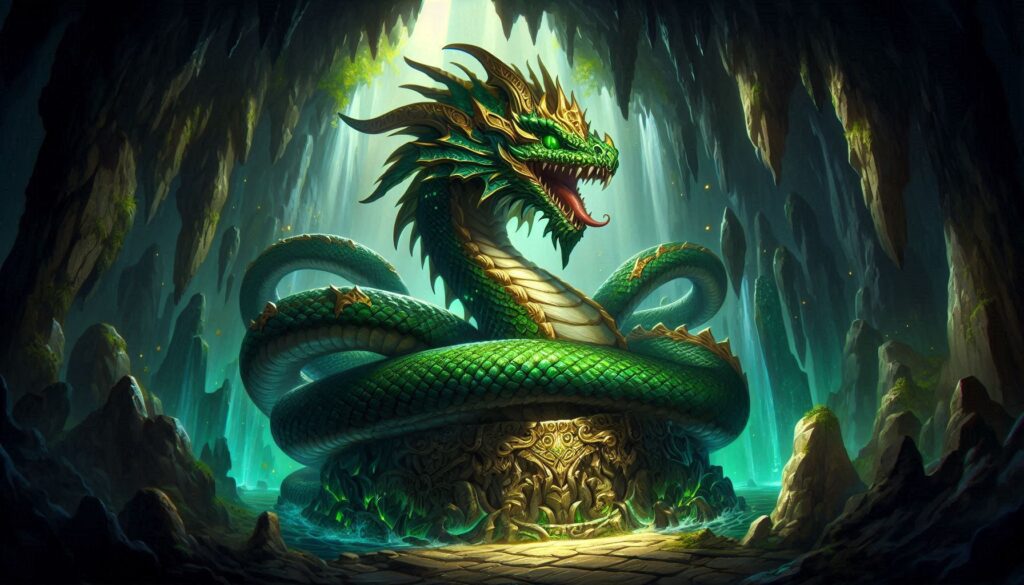
The Basilisk is a deadly creature from European mythology, often described as a serpent or lizard with the power to kill with a single glance. Known as the “King of Serpents,” its name comes from the Greek word for “little king,” and it was believed to be so venomous that even its breath or touch could bring death.
Legends say the Basilisk was born from a serpent’s egg hatched by a rooster, adding to its mythical aura. In medieval times, it symbolized both the fear of poison and the power of death itself, representing nature’s most lethal forces in one creature.
30. Doppelgänger
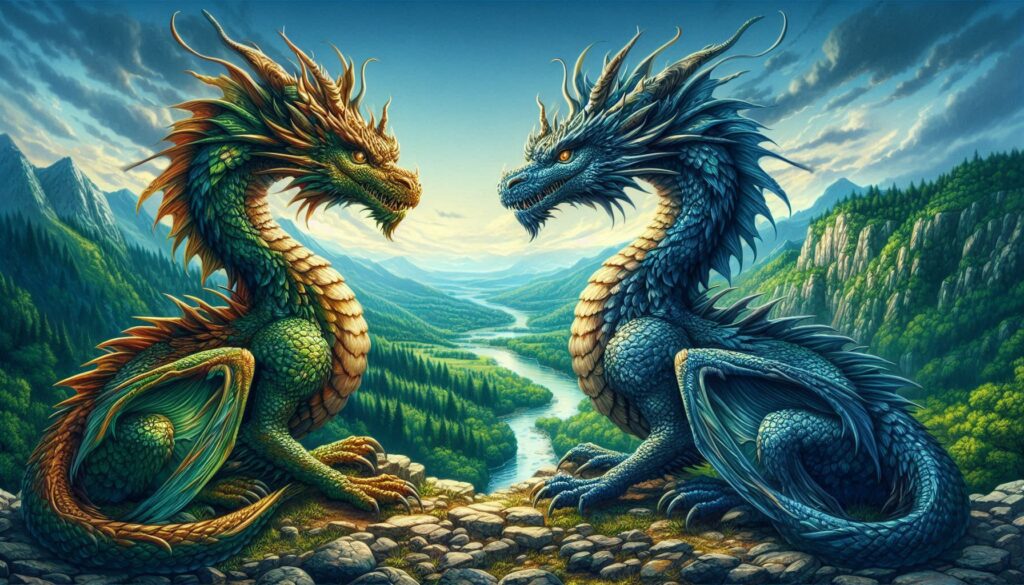
A Doppelgänger is a mysterious double or exact replica of a living person, often associated with ominous or supernatural events. In folklore, encountering one’s Doppelgänger is considered a bad omen, signaling death, illness, or misfortune. Unlike twins, these doubles appear unexpectedly and without explanation, leaving the person unsettled by the sight of their eerie reflection.
In literature and psychology, the Doppelgänger represents duality, exploring the hidden, often darker sides of human nature. It symbolizes the fear of confronting one’s inner self, suggesting that everyone has a shadow lurking beneath the surface, waiting to be revealed.
Final Words
In the world of myth and legend, these creatures stand as timeless symbols of our deepest fears, hopes, and mysteries. They remind us of the power of imagination and the enduring human fascination with the unknown. As we explore these mythical beings, we not only uncover stories of the past but also reflect on the universal themes that continue to shape our cultures today.
In a way, these creatures connect us to something larger than ourselves—a shared history of storytelling, where reality and fantasy blend to create lessons, warnings, and wonders that transcend time. Whether feared or revered, mythical creatures remind us that the world is full of mystery, and there will always be more to discover beyond the horizons of what we know.
As we leave this exploration, let us take with us the magic of these tales, the curiosity to continue seeking, and the understanding that within every myth, there lies a truth waiting to be uncovered.



